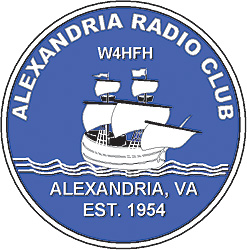ARC – Shorts – April 2012
ARC-SHORTS May, 2012 By Rick Bunn – N4ASX Club Repeaters: 147.315 (PL 107.2), 444.6 (PL107.2), 224.82 (PL107.2), 53.13 (PL107.2), 927.6 (-25Mhz, PL107.2), and 1282.600 (PL 107.2), DSTAR 145.38Mhz, 442.060, and 1284.600 NEXT CLUB MEETING Our next meeting is FRIDAY, MAY 11th at Alexandria City’s new Emergency Operations Center at 3600 Wheeler Ave. We will meet … Read more
